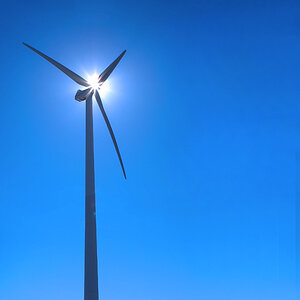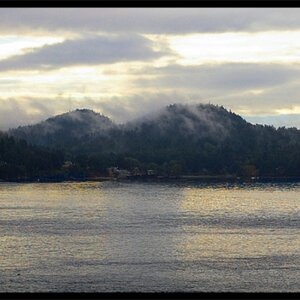Nurgak
TPF Noob!
Hello, I'm here for a very specific question: my task is to take photos over a very long time (2-3 months) of a lake-bed that has some interesting features. It would be at 400m maximum depth and would make one picture every 6 hours minimum. My question is: what kind of camera is best suited for this kind of application. I'm looking for off-the-shelf solution of course. The watertight enclosure for these depths is another problem that I'll tackle once the camera has been found. Currently the Canon G12 is being looked into as it's hackable and could be programmed to do exactly what it needs to.
The ideal camera would be programmable for long-time time-lapse photography and consume very little while on stand-by mode, have the possibility to be powered externally with any power source (we have 12V lead-acid batteries) and make great pictures in low light conditions. Some kind of light source will still be needed, this is the second challenge: to find some low-consumption and 400m deep resistant "flash" if not integrated in the enclosure.
I have the skills to develop low-consumption circuitry to instruct the camera to wake up if the camera consumes too much power in stand-by mode.
Another question about the transparent part of the watertight enclosure: what kind of material is best suited for this application at these depths?
Thank you for your time.
The ideal camera would be programmable for long-time time-lapse photography and consume very little while on stand-by mode, have the possibility to be powered externally with any power source (we have 12V lead-acid batteries) and make great pictures in low light conditions. Some kind of light source will still be needed, this is the second challenge: to find some low-consumption and 400m deep resistant "flash" if not integrated in the enclosure.
I have the skills to develop low-consumption circuitry to instruct the camera to wake up if the camera consumes too much power in stand-by mode.
Another question about the transparent part of the watertight enclosure: what kind of material is best suited for this application at these depths?
Thank you for your time.


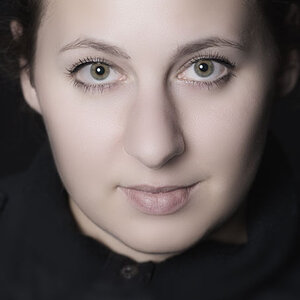
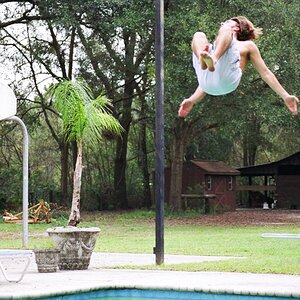
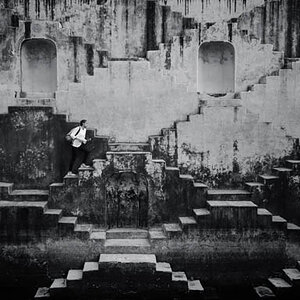

![[No title]](/data/xfmg/thumbnail/38/38742-02271ebbfd9d0efdddfac04f9fde5694.jpg?1619738704)
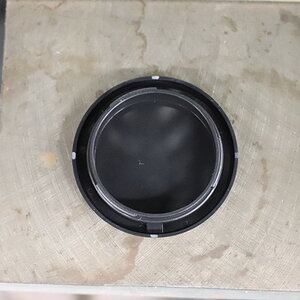
![[No title]](/data/xfmg/thumbnail/30/30986-0fbf9af8f70b46ce37aeb237ba68b573.jpg?1619734551)
![[No title]](/data/xfmg/thumbnail/38/38741-89a8c6f9d841889783a4fae2b8c40902.jpg?1619738704)
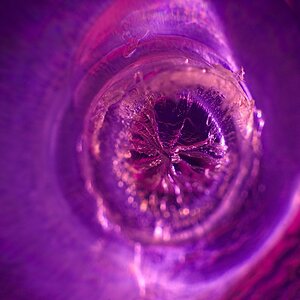
![[No title]](/data/xfmg/thumbnail/38/38743-ad854d502dddc7f41a927f1731a504cd.jpg?1619738704)
